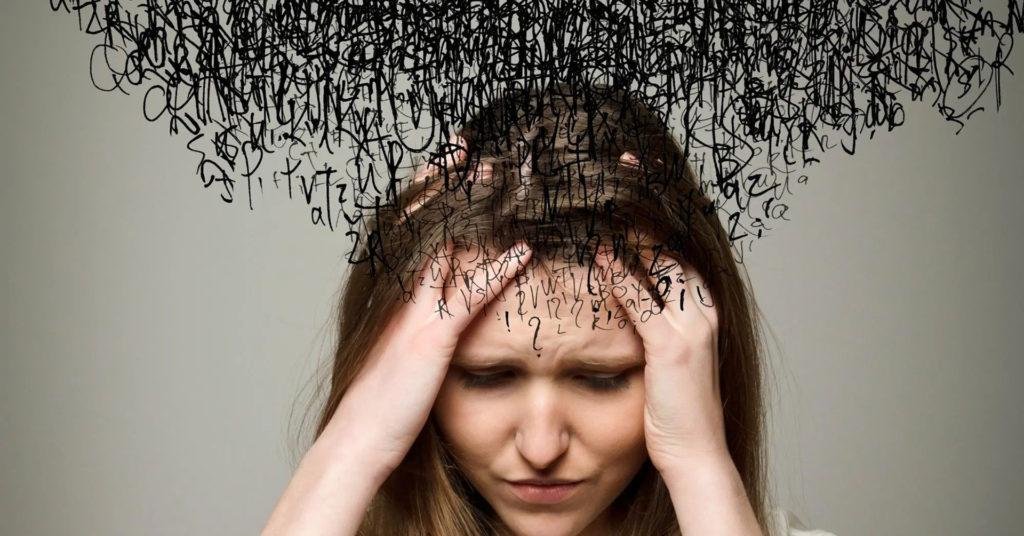The Science Behind PTSD Fracture
Even though trauma may create emotional scars that last, research is indicating a surprising physical effect. There are studies showing a link to PTSD Fracture.
This connection appears to have two aspects. Firstly, PTSD can cause chronic stress which leads to increased levels of cortisol.
Why Does Trauma Make Your Bones Weaker?
So now we know that PTSD Fracture is real we should also know that in two main ways, trauma weakens bones. These ways are connected to the lasting effects of PTSD:
Chronic Stress Hormones: When trauma happens, your body sends out stress hormones such as cortisol. Even though they are useful at first, having increased levels of cortisol for a long time due to PTSD might interfere with how well your body absorbs calcium. Calcium is an important mineral needed for forming and keeping healthy bones. If less calcium is taken up by the body, this can result in reduced bone density and a higher risk of breaking bones.
Unhealthy Habits: People dealing with PTSD could adopt harmful habits to handle tough emotions, and these habits might also make bones weaker. Things like smoking or consuming too much alcohol can affect the strength of your bones. Smoking disturbs blood flow and impedes the body’s capacity to generate collagen, a protein crucial for bone power. Similarly, excessive alcohol intake can interfere with calcium absorption and bone formation, thus causing PTSD Fracture.
The Holistic Impact of Trauma
The effects of PTSD Fracture are not limited to the mind only. The continuous stress reaction may disturb sleep patterns, causing insomnia or constant tiredness. Appetite can also change: some individuals might lose weight due to feeling sick from stress or lack of interest in food; meanwhile others could use emotional eating as a coping mechanism.
These alterations in sleep and appetite might also decrease the strength of the immune system, causing individuals to become more vulnerable to other illnesses. It illustrates a complex bond between mental and physical health; when one is struggling, the other often feels it as well or vice versa. Healing from trauma requires a holistic approach that addresses both mental and physical well-being.
Don’t Let Trauma Break You Twice
Don’t let the trauma become the source of PTSD Fracture. The foods you select are very important to maintain strong bones.
Calcium: Calcium is essential for growing sturdy bones. Try to consume foods that are high in calcium such as low-fat dairy items (milk, yogurt, cheese), leafy vegetables (kale and collard greens), strengthened selections (non-animal milks like those from plants or certain cereals) and even specific types of seafood (sardines plus canned salmon containing bones).
The Vitamin D: This vitamin is important for helping your body absorb calcium properly. You could add in sources of this nutrient, such as fatty fish (like salmon or tuna), egg yolks, or even think about taking a vitamin D supplement after speaking with your doctor.
Bone-Building Powerhouse Foods:
Dairy Delights: A cup of low-fat yogurt with berries and granola gives you a good amount of calcium and protein to start your day.
Leafy Green Love: Include a lively salad with kale, spinach and broccoli in your lunchtime ritual for more calcium and vitamin K.
Sardine Surprise: Don’t feel scared! Canned sardines have lots of calcium and vitamin D, making them great for a fast and good-for-you treat.
Stronger plant friends: Opt for fortified plant milk or cereals to make sure you obtain sufficient calcium on a vegan or vegetarian diet.
Safe and Effective Exercise with PTSD in Mind:
Keep Progressing: Start with gentle activities like walking and slowly increase the intensity and time as your fitness level gets better.
Pay Attention to Your Body: Post-traumatic stress disorder might influence how much energy you have. Rest when necessary and give importance to activities that bring happiness.
Low-Impact Options: Consider water aerobics, yoga, or Pilates for low-impact yet bone-strengthening workouts.
Group Fitness with Support: Think about participating in a fitness class that provides support and concentrates on low-impact or adjusted activities.
Strengthening Your Mind and Body After Trauma
When it comes to PTSD Fracture, Chronic stress due to PTSD can harm your body and mind. It’s very important to manage de-stress for good health. Methods such as meditation, yoga or deep breathing might assist in calming the nervous system which could lead to better sleep quality among other benefits like decreasing inflammation and enhancing mood levels (Mayo Clinic Staff).
Still, don’t be afraid to look for professional assistance in dealing with symptoms of PTSD. A therapist might give you specific ways to handle things and aid in building enduring strength.
It’s Not Just in Your Head
Speaking of PTSD Fracture, you should recognize the physical consequences of trauma for controlling and managing your health. People often do not understand that there may be a connection between post-traumatic stress disorder and having higher chances of getting fractures.
People with trauma have a higher chance of getting PTSD Fracture. Trauma can make a deep imprint, but PTSD Fracture do not need to shatter you twice.
By taking a complete method that values mental and physical health, you may increase your strength and enable yourself to recover.




